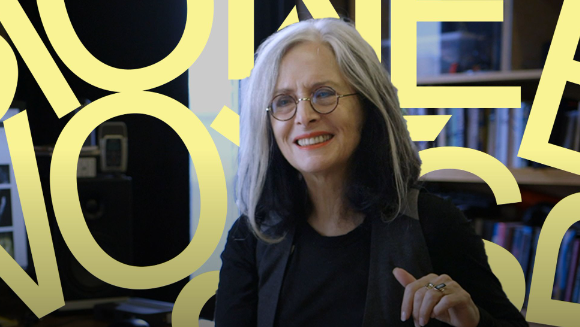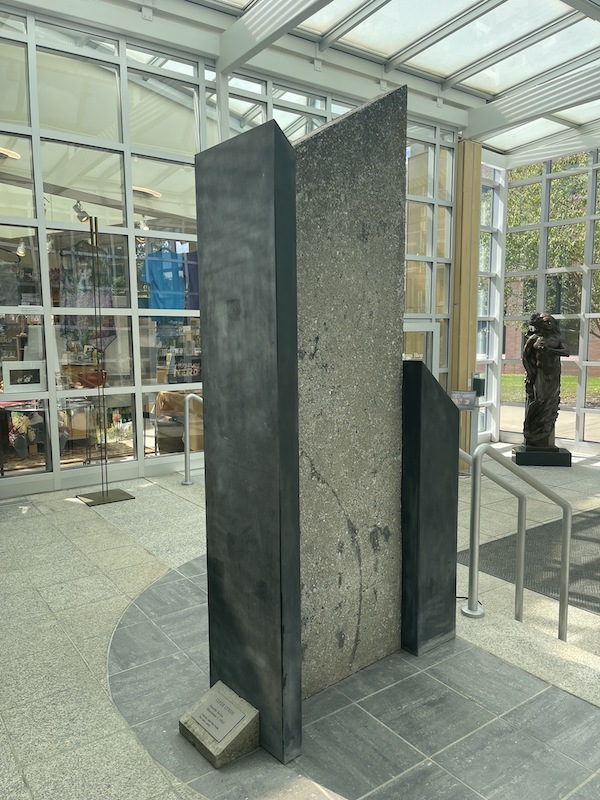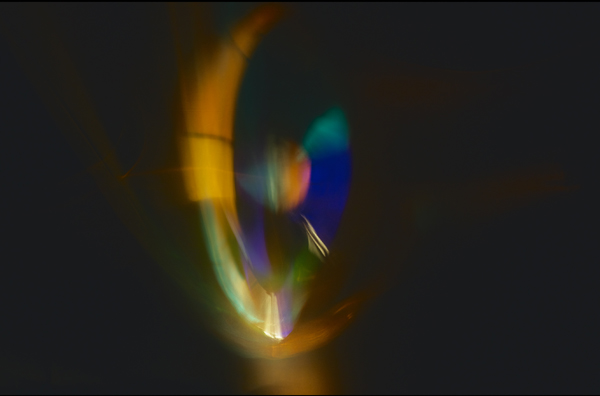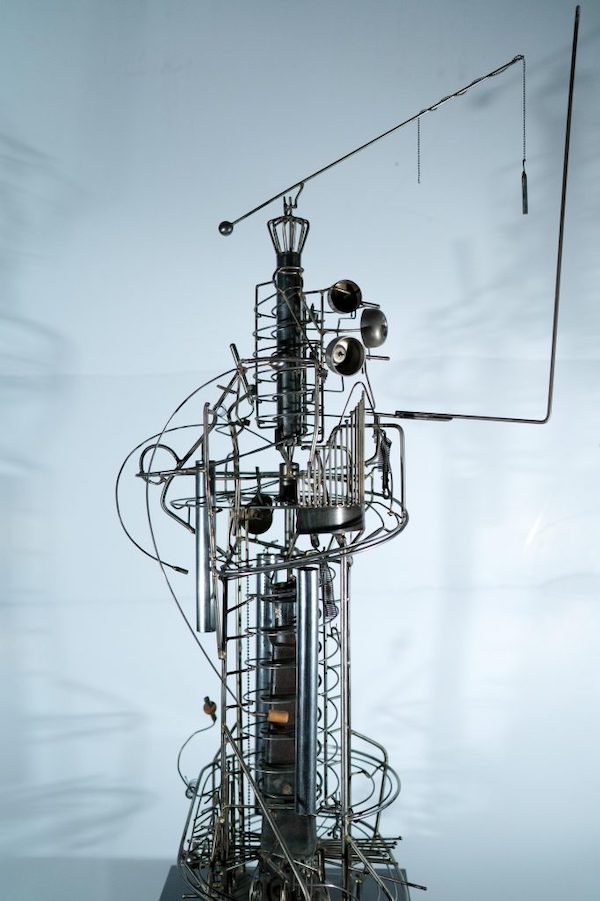COLOR, LIGHT, MOTION, is an online series featuring media artists, scholars and educators in dialogue about artworks from the Bermant Collection of media and kinetic arts. Each featured presenter will discuss selected artworks in history and context and in relation to their own work and connections. This series is produced in collaboration with the ArtSci Center at UCLA and the David Bermant Foundation.
August 26th 2023 at 10:00 am PST/ 1:00 pm EST
ABOUT THE SPEAKER
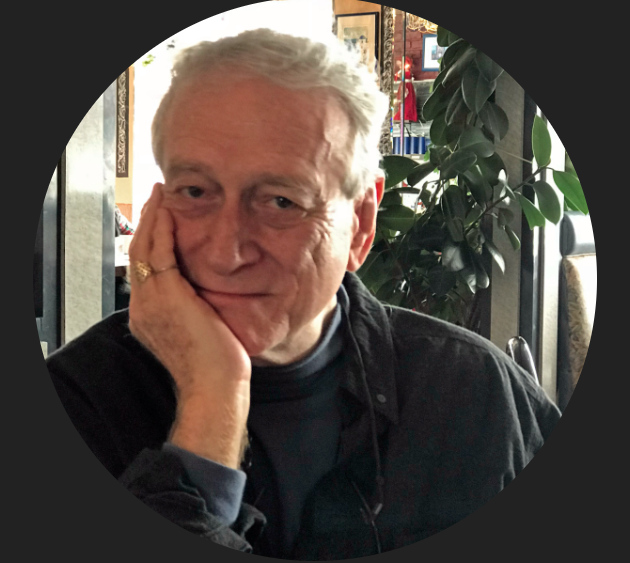
George Quasha is a poet, artist, musician and writer working in diverse mediums to explore certain principles (e.g., axiality, ecoproprioception). For his primary medium poiesis he has invented the genre preverbs as a medium of axial language and “linguality at zero point.” He extends axiality & poiesis to art, music, performance, and conscience body practice.
His ongoing video work was awarded a Guggenheim Fellowship (2006), principally for art is/music is/poetry is (Speaking Portraits), for which during the last twenty-three years he has recorded over a thousand artists, poets, and composers in eleven countries saying what art, music, or poetry is (art-is-international.org)—represented in the book art is (Speaking Portraits) (2016).
For many years he has collaborated with Gary Hill and Charles Stein in performance. His sculpture (Axial Stones), drawings and video have been exhibited in various venues, including the Snite Museum of Art, the Manfred Baumgartner Gallery, White Box, the Samuel Dorsky Museum and biennials (Poland, Switzerland, New York). Axial Stones: An Art of Precarious Balance (foreword by Carter Ratcliff, 2006) explores the axial principle in his sculpture. Other writing on art includes An Art of Limina: Gary Hill’s Works & Writings (with Charles Stein, foreword by Lynne Cooke, 2009—now online at https://www.academia.edu/28928186/An_Art_of_Limina_Gary_Hills_Works_and_Writings).
His main work in axial language poiesis is preverbs, of which seven of the thirteen books have been published to date, including Not Even Rabbits Go Down This Hole and Waking from Myself. Poetry in Principle: Essays in Poetics (foreword by Edward Casey, 2019) contains recent writing on “the poetics of thinking.” Zero Point Poiesis: George Quasha’s Axial Art (2022) is a collection of writings on his poetry, art and thought by sixteen authors, edited by Burt Kimmelman, foreword by Jerome McGann. He was awarded the T-Space 10th annual Poetry Award in 2022.
Edited anthologies include America a Prophecy: A New Reading of American Poetry from Pre-Colombian Times to the Present (with Jerome Rothenberg, 1973/2012), Open Poetry: Four Anthologies of Expanded Poems (with Ronald Gross, plus Emmett Williams, John Robert Colombo, & Walter Lowenfels, 1973), An Active Anthology (with Susan Quasha, 1974), and The Station Hill Blanchot Reader (with Charles Stein, 1999).
He lives in Barrytown, New York, collaborating with Susan Quasha on photography/preverbs), and together they publish Station Hill Press.
ABOUT THE RESPONDERS
Gary Hill is a pioneering artist of new media and video work. His video works incorporate commentaries on society and culture as well as bringing in poetic themes and ideas. Hill considers video as a medium to be the most receptive, flexible, and far-reaching mirror of consciousness. He creates psychological spaces within his artworks that allow viewers to see this mirror of their own consciousness.
Gary Hill lives and works in Seattle, WA. Exhibitions of his work have been presented at museums and institutions worldwide, including solo exhibitions at the Fondation Cartier pour l’art contemporain, Paris; San Francisco Museum of Modern Art; Centre Georges Pompidou, Paris; Guggenheim Museum SoHo, New York; Museum für Gegenwartskunst, Basel; Museu d’Art Contemporani, Barcelona; and Kunstmuseum Wolfsburg, among others. Commissioned projects include works for the Science Museum in London and the Seattle Central Public Library in Seattle, Washington, and an installation and performance work for the Coliseum and Temple of Venus and Rome in Italy. Hill has received fellowships from the National Endowment for the Arts and the Rockefeller and Guggenheim Foundations, and has been the recipient of numerous awards and honors, most notably the Leone d’Oro Prize for Sculpture at the Venice Biennale (1995), a John D. and Catherine T. MacArthur Foundation Fellowship Award (1998), the Kurt-Schwitters-Preis (2000), and honorary doctorates from The Academy of Fine Arts Poznan, Poland (2005) and Cornish College of the Arts, Seattle, WA (2011).
Toni Dove is considered an innovator in the field of interactive and immersive narrative, New York-based artist Toni Dove creates hybrid performance, installation and screen-based art that fuses film, game or instrument-based interaction with experimental theater. In her work, performers and participants interact with an unfolding narrative, using technologies such as motion sensing or machine learning to connect with on-screen characters.
Projects include Spectropia: feature length live-mix movie performance: premiered: Wexner Center for the Arts; REDCAT, LA Nov 2007; EMPAC, Troy NY, 2008, the Kitchen, NYC, 2010, Roulette, NY, 2012. Lucid Possession, a live mix music cinema performance, a co-production with Issue Project Room, Roulette and HERE, premiered in NYC in 2013 after a preview show at Center for the Arts at Virginia Tech. An interactive cinema and robotics installation ‘The Dress That Eats Souls’, premiered in a survey of 20 years of Dove’s interactive work “Embodied Machines” at The Ringling Museum in Sarasota, Florida, 2018.
Dove was Hirshon Artist/Director in residence, New School for Social Research in Media Studies 2014/15. She has received numerous grants and awards including support from the Rockefeller Foundation, New York State Council on the Arts, National Endowment for the Arts. She received the Eugene McDermott Award in the Arts from M.I.T. And a lifetime achievement award from I.D.M.A.a. Dove was appointed to the 2000/2003 Government Advisory Committee on Information Technology and Creativity, National Research Council, USA. She was Artist in Residence at Bell Labs E.A.T. Program 2020, Pioneerworks and Integrated Digital Media, Tandon School of Engineering, NYU ongoing. Her current project uses motion sensing and machine learning to animate responsive characters in a narrative. She is currently working on development with Yale CCAM.
MORE ABOUT THE DAVID BERMANT FOUNDATION
| David Bermant Collection in its new home- The Butler Institute |
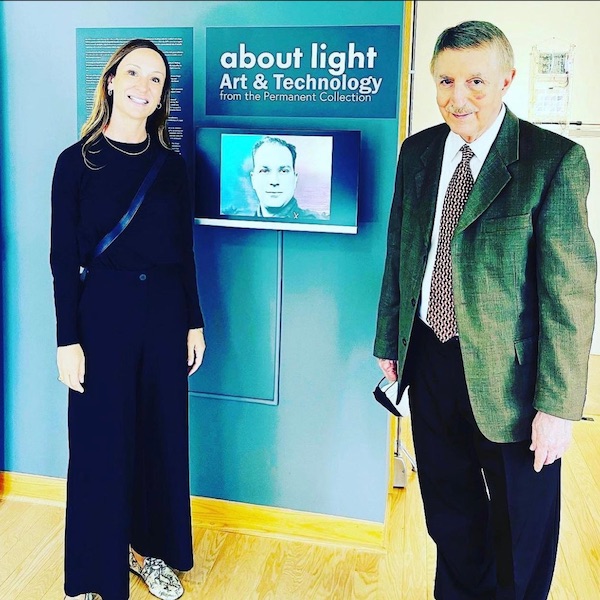

| The David Bermant Foundation: Color, Light, Motion was established in 1986 with the mission to encourage and advocate experimental visual art which draws its form, content and working materials from late twentieth-century technology. The working materials include physical sources of energy, light, and sound. The resulting artworks question and extend the boundaries of the visual arts. To learn more about The David Bermant Foundation and its collection, visit the foundation website DavidBermantFoundation.org. |

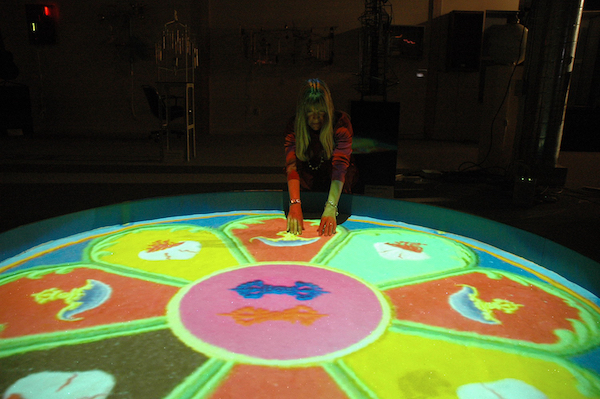



| ABOUT DAVID BERMANT |
| David Bermant was one of the most admired collectors of avant-garde art in the United States. His collection of kinetic art includes works which employ both virtual motion as well as actual motion. Art which utilizes video, holography, magnetism, electronics, robotics, chemistry, and various types of light provide a look into the fourth dimension. |

| The late David Bermant was born in New York City and grew up in Manhattan. In January of 1941, six months after graduating cum laude from Yale University at age 21, he joined the U.S. Army. He ended his army career as a major of artillery in Patton’s Third Army, earning a bronze star with an oak leaf cluster for his actions. In 1947, he married Ruth Jesephson, and later divorced after 46 years. They had four children: Ann, Jeffrey, Wendy, and Andrew. David then married Susan Hopmans and established homes in Santa Barbara and the Santa Ynez valley where he created and maintained facilities to house a large and significant art collection. David had two great interests: building shopping centers — on the East Coast and in California — and collecting art. Technological art was his favorite because it utilized modern science and technology and was more dynamic than other art that just hung on the wall Bermant felt that such art should be shared in public spaces other than museums and galleries. He established and funded the David W. Bermant Foundation: Color, Light, Motion to ensure the art form most dear to his heart would thrive beyond his lifetime. |
| Jointly hosted by: |










